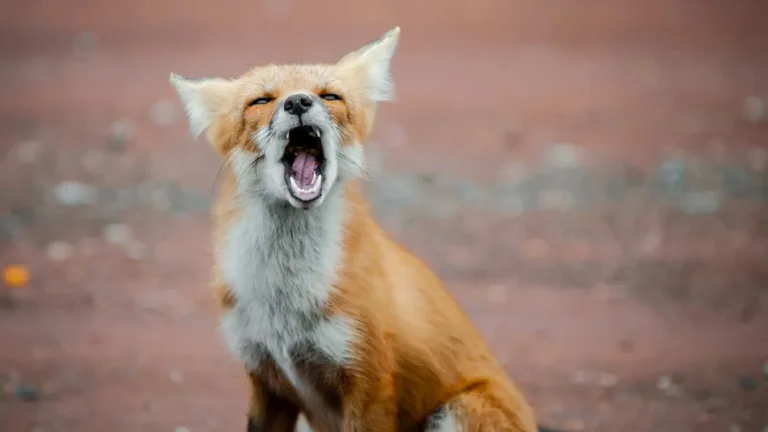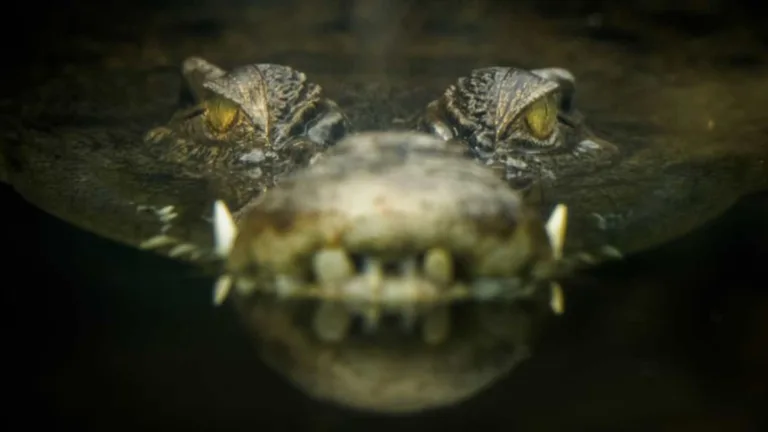Have you ever wondered why we Call Those Fluffy, cotton-Tailed Creatures “rabbits” or sometimes, endearingly, “bunnies”? It’s a question that might seem simple at first glance, but delving into the history of these terms reveals a fascinating journey through language evolution and cultural shifts.
The word “bunny,” As We Know It Today, emerged in the 16th century, not as a term for rabbits specifically, but as an affectionate pet name for women and children. It was like saying “sweetie” or “dear,” but with a touch of whimsy. This charming moniker likely originated from combining the word “bun,” which held several meanings back then – think nicknames for squirrels and terms of endearment – with the familiar suffix “-y.” While the precise link between “bun” and rabbits remains a bit of a mystery, some linguists believe it could have roots in French or Scandinavian words.
The term “rabbit,” on the other hand, rose to prominence in the 1800s, gradually replacing the word “coney.” The latter fell out of favor because it carried a somewhat vulgar connotation due to its association with slang terms for female genitalia. This demonstrates how language can evolve and shift meanings over time, reflecting societal changes and sensitivities.
The Etymology of “Bunny”
The exact origin of “bunny” is a bit like that elusive rabbit hopping through the garden – Tricky To Pin down! It emerged in the 16th century as a term of endearment for both women and children. Think of it as a charming nickname, a way to express affection and warmth. This sweetness likely stemmed from the word “bun” itself, which held multiple meanings back then. It could refer to a type of bread, a hairstyle, or even a nickname for squirrels!
Adding the “-y” Suffix was common practice at the time, Transforming Nouns Into Endearing Terms. So, “bunny” became a delightful combination of cuteness and affection. While why are rabbits called bunnies Remains Debated, it’s fascinating to see how language reflects our evolving perceptions and relationships.
The use of “bunny” for rabbits likely arose as people began associating the term with their playful, Hopping Nature. It captured the essence of their charm and innocence, solidifying its place in our lexicon.
Bunny vs. Rabbit: Usage and Meanings
Though both “bunny” and “rabbit” refer to the same adorable creature, they often carry slightly different connotations. Think of it like this: “rabbit” is the formal term, used in scientific texts and everyday Conversations Alike. It’s a general descriptor for any member of the rabbit family.
On the other hand, “bunny” tends to evoke a sense of cuteness and youthfulness. We often use it to describe Baby Rabbits, those adorable fluffballs called kits or kittens. Imagine a field filled with playful Bunnies Hopping Around – that image perfectly encapsulates the term’s lightheartedness. While both words are widely accepted, understanding their nuances can add a touch of depth to your conversations About These Charming Animals.
It’s worth noting that “bunny” is sometimes used as a more general term for any small, furry creature with long ears, Even If It isn’t technically a rabbit. But when in doubt, remember that both “bunny” and “rabbit” are perfectly valid ways to refer To These Wonderful creatures!
 Irish Animal Names: Vivid & Evocative Gaelic Terms
Irish Animal Names: Vivid & Evocative Gaelic TermsThe History of “Rabbit” as a Term
The word “rabbit” has a more recent history compared to “bunny.” It entered common usage in the 1800s, slowly replacing the term “coney.” This shift wasn’t just about finding a new word; it was also a reflection of changing social norms and perceptions.
Back then, “coney” carried a somewhat unsavory connotation due to its association with slang terms for female genitalia. This vulgarity made it less suitable for polite conversation. Enter “rabbit,” a term that felt cleaner and more appropriate for widespread use. It was like society decided to give rabbits a fresh start with a new name!
This transition highlights how language is Constantly Evolving, influenced by cultural shifts, Evolving Sensitivities, and even the desire for a More Palatable Word.
Distinguishing Rabbits from Hares
While often used interchangeably, rabbits and hares are distinct creatures Belonging To Different Genera. Think of them as distant relatives with some key differences that set Them Apart.
One major distinction is their habitat and lifestyle. Rabbits are typically found in burrows, living in social groups called colonies. Hares, on the other hand, prefer open spaces like fields and meadows, making their homes in shallow depressions Called Forms. They’Re Also More Solitary Creatures. Then there’s the matter of appearance: Hares tend to be larger with longer ears and legs, giving them a more graceful look.
Understanding these differences helps us appreciate the unique characteristics of each animal. So next time you encounter a long-eared creature hopping through the fields, remember that it might just be a hare, not a rabbit! This distinction emphasizes the beauty of biodiversity and the fascinating variations within the natural world.
Understanding the Appeal of Pet Names
The enduring appeal of pet names like “bunny” and “rabbit” goes beyond their simple description of the animal itself. These terms often evoke a sense of warmth, tenderness, and even nostalgia. Perhaps it’s the image of a fluffy, playful rabbit hopping through a field that brings a smile to our faces.
Maybe it’s the way these names roll off the tongue, sounding like gentle whispers rather than Harsh Pronouncements. Whatever the reason, these nicknames tap into a deeper human need for connection and affection. They allow us to express love and care in a subtle yet Powerful Way, creating a sense of intimacy and belonging. It’s no wonder that these charming terms have captured our hearts for generations.
The power of why are rabbits called rabbits and “bunny” lies not just in their meaning but also in the emotions they evoke. They remind us of the simple joys in life – the beauty of nature, the warmth of companionship, and the magic of childhood innocence.
More for curious minds
Unlock extra content and exclusive deals tailored to your interests.










